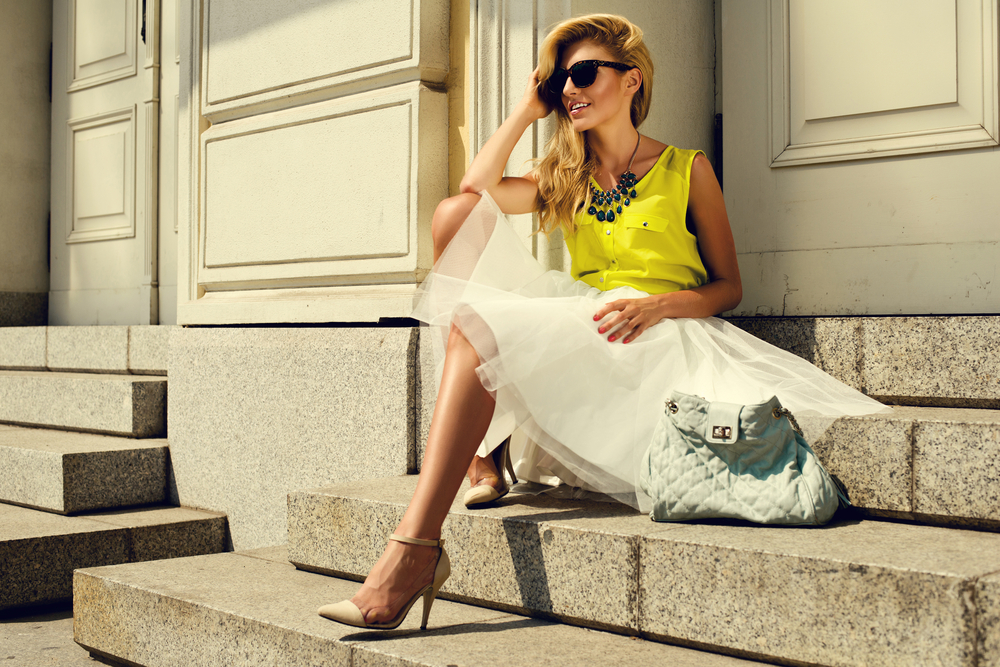
Modeling for photoshoots is a unique form of art. It requires a level of skill, creativity, and self-awareness that sets it apart from other disciplines. One essential technique that can elevate a model's performance is the art of reflection. In this article, we will delve into the importance of reflection in modelling (or modeling) and discuss how models can master this art to create stunning and captivating images.
Why Reflection Matters
Reflection, in the context of modeling (by models) , refers to the ability to evaluate oneself objectively and make improvements based on that evaluation. It involves analyzing one's poses, expressions, body language, and overall presence in front of the camera to enhance the final outcome of a photoshoot. When a model masters the art of reflection, they gain a deeper understanding of their strengths and weaknesses, allowing them to refine their techniques and deliver their best performance.
How to Reflect Effectively
Reflecting effectively requires models to be honest with themselves, embrace constructive criticism, and remain open to learning and growth. Here are some essential steps to help models master the art of reflection:
1. Study Your Work
Take the time to review your previous photoshoots. Look for patterns, identify poses and expressions that worked well, and pinpoint areas that need improvement. Analyzing your work will give you valuable insights into your style and help you recognize the aspects you can enhance to reach your full potential.
2. Seek Feedback
Feedback from industry professionals, such as photographers, stylists, and fellow models, is invaluable. Reach out to them and ask for their honest opinions about your work. Be open to criticism and use it as an opportunity for growth. Constructive feedback will help you refine your techniques and gain a better understanding of the industry's expectations.
3. Practice in Front of a Mirror
A mirror is a model's best friend when it comes to reflection. Practice different poses and expressions in front of a mirror to understand how your body moves and how certain angles flatter your features. Experiment with various emotions and study how they translate visually. Reflecting in front of a mirror allows you to perfect your movements and expressions before stepping onto the set.
4. Experiment with Different Styles
As a model, it is crucial to explore various styles and genres. Reflect on your experiences working with different concepts – fashion, editorial, commercial, etc. By trying out different styles, you broaden your horizons and discover what suits you best. Reflecting on diverse experiences not only helps you establish your niche but also expands your range as a model.
5. Collaborate with Peers
Collaborating with other models is an excellent opportunity for reflection. By observing and learning from their techniques, you can gain new insights into your own work. Share experiences, exchange ideas, and discuss challenges with your peers. Such partnerships foster an environment of growth and reflection, benefiting all involved.
FAQs
1. How often should I reflect on my work?
Regular reflection is essential for continuous growth as a model. Aim to dedicate time to reflect after each significant photoshoot or project. This will allow you to learn from your recent experiences and make adjustments as needed.
2. Is reflection only about analyzing images?
No, reflection goes beyond analyzing images. It involves modeling evaluating your body language, expressions, posing techniques, and overall presence in front of the camera. It is a comprehensive examination of all aspects that contribute to your modelling performance.
3. Can reflection help me improve my posing techniques?
Absolutely! Reflection is a powerful tool for improving posing techniques. By studying your pictures, experimenting in front of a mirror, and seeking feedback, you can refine your poses, understand your body's capabilities, and enhance your visual storytelling skills.
4. How can reflection benefit my professional growth?
Reflection enhances your self-awareness, allowing you to identify your strengths and weaknesses. By leveraging your strengths, you can carve a unique niche for yourself in the modeling (or modelling) industry. Recognizing your weaknesses provides opportunities for growth, enabling you to work on those areas and become a well-rounded model.
5. Can reflection help me develop my personal style?
Definitely! Through reflection, you gain insights into the styles and concepts that resonate with you. You'll identify the elements that make your work stand out. Reflection encourages experimentation and self-expression, helping you develop a distinct and authentic personal style.
Mastering the art of reflection is an ongoing journey for models. It requires dedication, self-awareness, and a willingness to embrace change. By studying their work, seeking feedback, practicing in front of a mirror, experimenting with different styles, and collaborating with peers, models can unlock their full potential and deliver extraordinary performances in any photoshoot. Reflection is the key to growth, improvement, and ultimately, becoming a successful and sought-after model.
Other useful resources
- https://en.wikipedia.org/wiki/Category:Modeling_agencies
- https://www.planetmodelphoto.com/models/modeling/usa/wilmington/nc-north-carolina
- https://en.wikipedia.org/wiki/Category:Modeling_(profession)